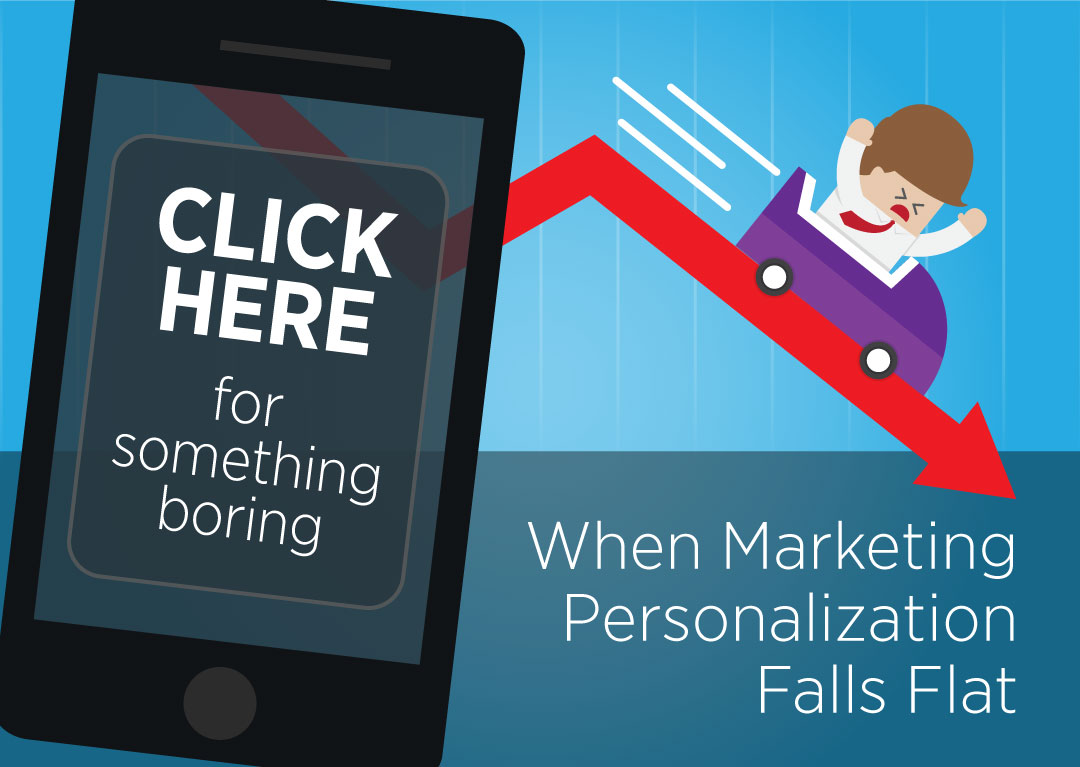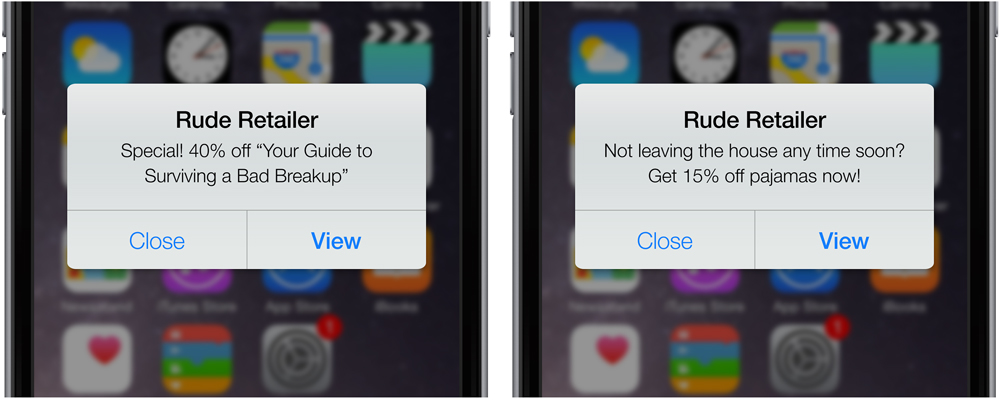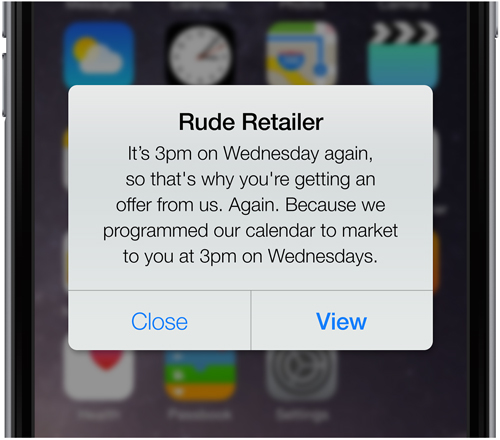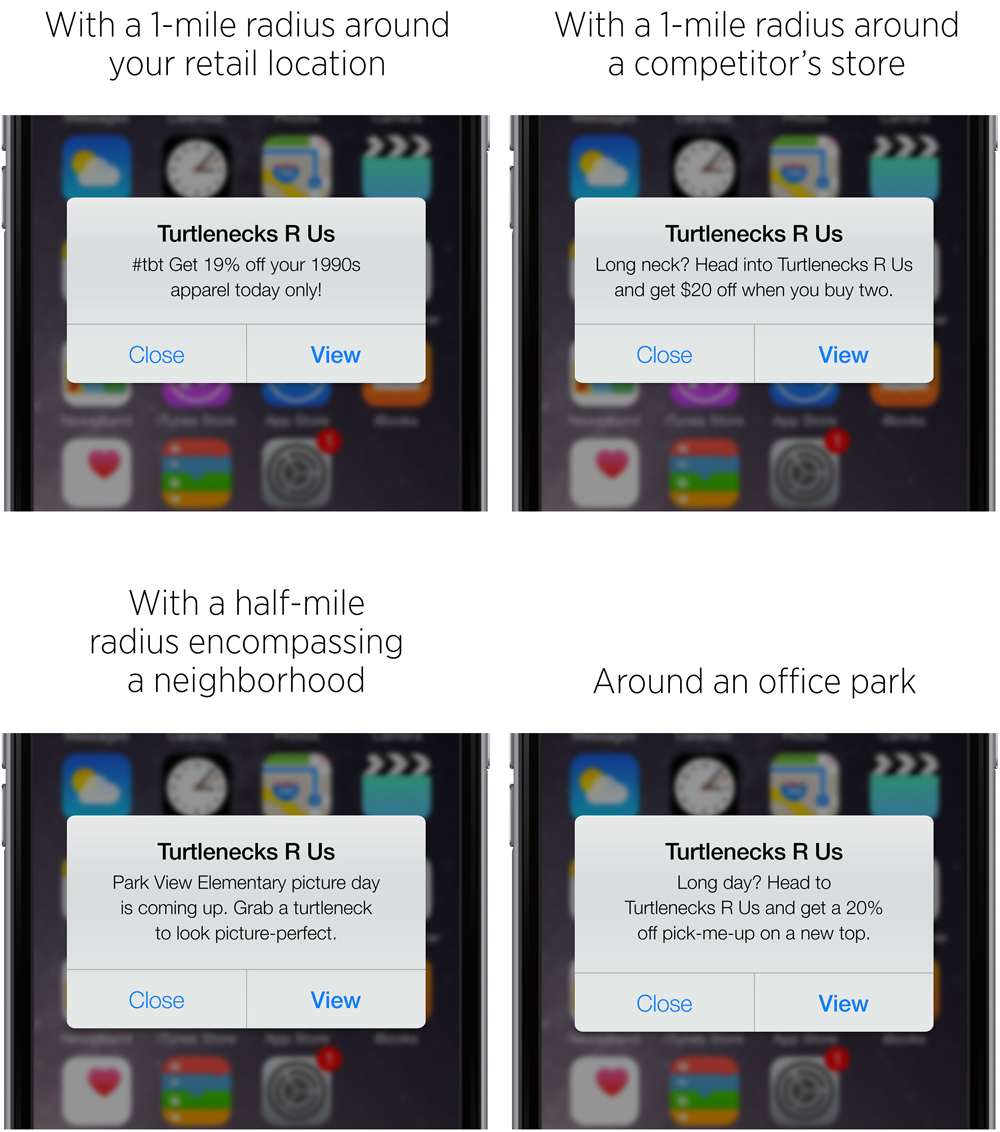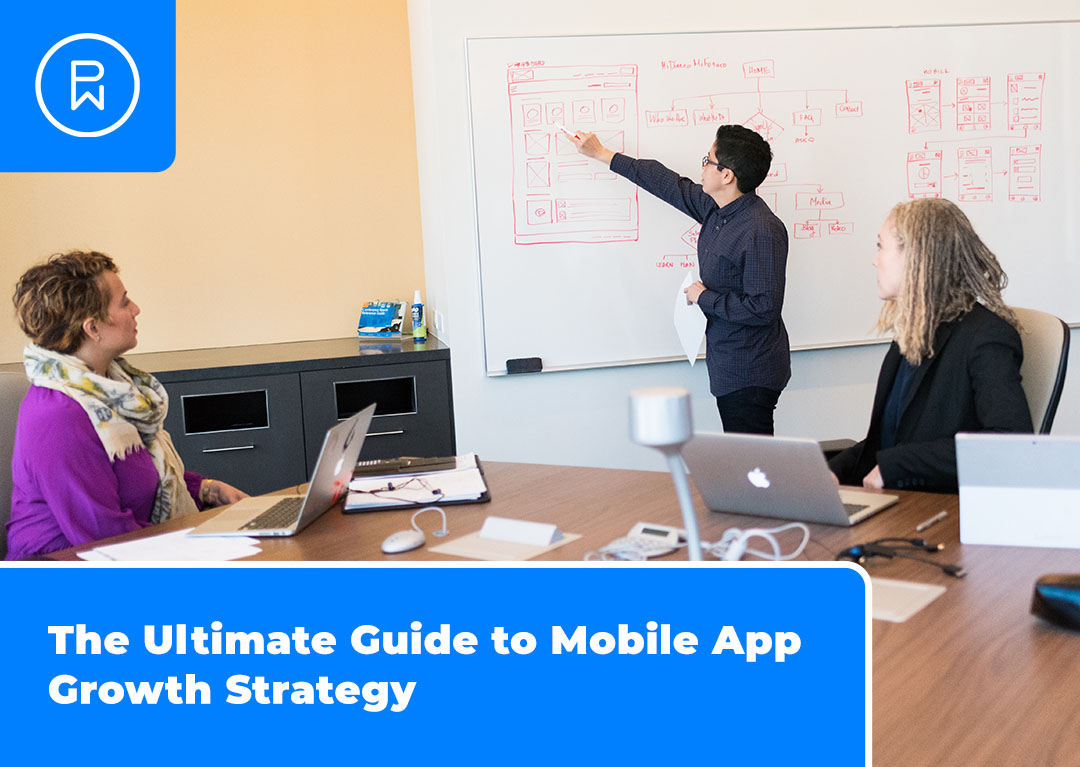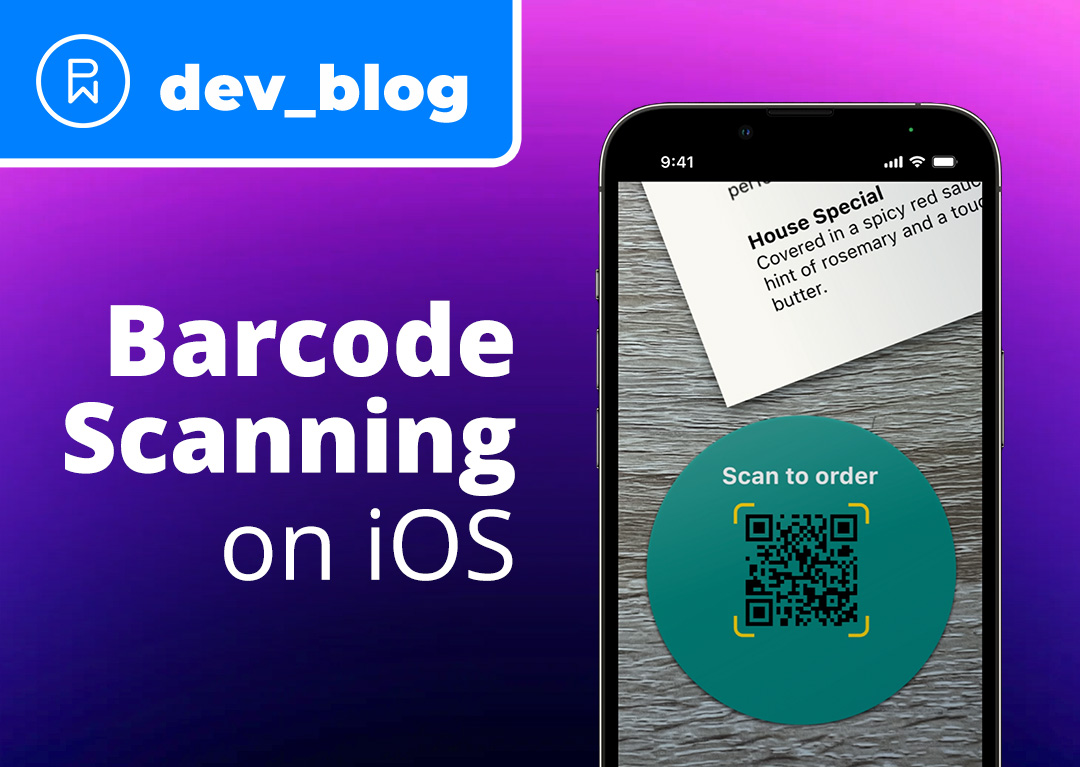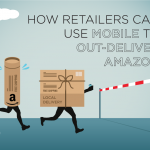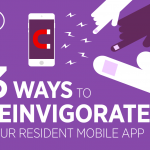(Originally published on September 16, 2015)
Have you ever been to an all-you-can-eat buffet? Giant appetizer platters, vats of soup, an endless selection of meats and veggies and desserts…it’s tempting to load your plate up with items that don’t even sound that appetizing. “It’s right in front of me—why not?” is the prevailing mentality (at least for gluttons like me). Of course, by the time the meal is over, you might as well roll me out of there. I will have eaten too much—without even enjoying a lot of it.
Right now retailers are at their own all-you-can-eat buffet of sorts. They have more options to engage customers than ever before. They have an array of technology tools they hope to use to nail marketing personalization once and for all, driving conversions and setting them apart from their competitors. There’s the standard fare, of course (email marketing, direct mail, PPC, etc.), and a few new gourmet options as well (native app push notifications and SMS alerts, geo-targeting, etc.). And retailers are pigging out.
They’re trying everything on the menu to deliver targeted offers to consumers, hoping to catch them at the right moment with the right message to make them to open their wallets. They’re sampling everything in the buffet…and leaving with nothing to show for it. In fact, over 60% of retailers say they expect ZERO ROI from so-called personalized messages they’ll be sending this holiday season. Talk about empty calories!
If the majority of retailers have no confidence in the return they’ll get on one-to-one mobile push marketing, we’ve got some work to do as an industry. Fortunately, through their loyalty programs, many retailers have access to the detailed shopper data that can make personalized marketing personalization effective. Add that to the data from consumers using the retailers’ branded mobile apps, and they have what they need to paint a pretty complete picture of their customers.
So what should retailers be doing with that data? Let’s start with the basics.
Bad Mobile Marketing Personalization: What Not to Do
A personalized offer can surprise and delight a customer (“Wow, this brand really gets me!”), or it can completely freak a customer out. Avoid creepy “I know what you did last summer” personalization.
Example: Customer has purchased two bottles of wine every night for the past three nights.
Not cute.
Also, if you’re going to use one-to-one marketing, make sure it’s actually personalized—not obviously programmed. Consumers catch on when they receive marketing messages from brands at the same time every day or week, and they learn to tune them out.
Example: No data collected.
This offer may as well say “Click here for something boring.”
Good Mobile Marketing Personalization
Good personalization leverages user data and context to deliver messages and offers that benefit users in some way—educating them, informing them, giving them discounts and promotions, or simply entertaining them. Segmenting app users and personalizing content according to the specific characteristics of each segment is a powerful way to keep users engaged.
When you layer this segmentation with location targeting capabilities, you’ve got the magic sauce. One location targeting tool is the geo-fence—a virtual GPS boundary used by marketers and advertisers to trigger campaigns and measure activity. To put it very simply, when someone with your brand’s app on their phone crosses through a geo-fence you have drawn around your store location (for example), it might trigger a message or promotion. Here are some examples of the types of high-converting mobile marketing messages you could deliver:
Example: Getting Creative with Geo-Fences
Data trigger: User has crossed through a pre-established geo-fence…
In-the-moment, contextually triggered marketing outreach like this just feels more relevant to the user—because it is—and it may even be welcome. (After all, who doesn’t love turtlenecks?)
Download our eBook, Capitalize on Context: The Savvy Retailer’s Guide to Location Marketing, to learn more about how mobile technologies help you understand and predict consumer context behavior.
Measuring the Effectiveness of Personalization
Some users are always going to be creeped out by personalized marketing and will resist the urge to share data with you in exchange for a more tailored marketing experience. That’s ok. You’re marketing to the users who do want personalization, and the only way to figure out what works is to test it.
An important indicator of good personalization is the number of users who re-engage with your app after receiving personalized communication from you. Whether your outreach is via push notification, email or something else, make sure you have a clear and succinct call to action that draws them back into your app. Tracking how many users take that call to action will validate that your messages were user-centric and not generic or irrelevant.
Tailoring push notifications and other marketing messages to your app users is not only about personalized content—it’s about the right context, too. Analytics are your best weapon for defining the best time, place and message to engage your app users. Keep in mind that the right context will vary from app to app, and will ultimately be decided by the users anyway.
The moral of the story: if you don’t want to end up among the 60% of marketers who expect zero ROI from their mobile marketing, don’t pig out at the all-you-can-eat mobile marketing buffet. A carefully planned, data-backed personalization strategy is your best bet for recouping that marketing investment—and then some!
Want to take the guesswork out of calculating ROI? Use our free Marketing Automation ROI Campaign Calculator to find out how much automation can save your team.


